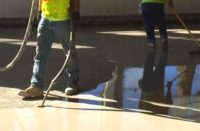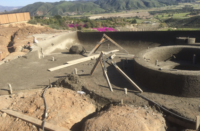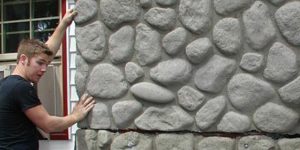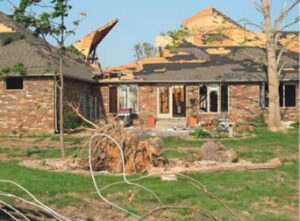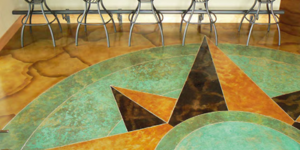Insulated concrete forms (ICFs) and blocks are not new, but their sudden popularity and growth as a building material is. More builders and homeowners are choosing to build with ICFs than ever before, which has led rise to some questions and misconceptions about the material.
Like anything else being put forward for the first time, some home and business owners may be skeptical about using the forms, and some builders who have long worked with lumber and concrete, but not ICFs, may be reluctant to use them. These five misconceptions about ICFs and blocks may be keeping you from making the leap to using this innovative product, without you realizing it.
It’s Too Expensive
One of the biggest fears that most people have when considering a new material is its expense. And in some buildings, it may be true that ICFs cost about 3% more than traditional wood or poured concrete building techniques. This is only the initial expense, however.
ICFs are far more insulated than more traditional building materials, meaning that over the lifetime of your home or business, you’ll pay less in utility bills and HVAC costs. In this way, ICFs and blocks can pay for themselves, saving you money in the long run and making them cheaper than other building materials long term.
They’re Too Complicated to Use
While at first glance ICFs are certainly different than the building materials you’re used to, they are actually very simple to use and put together. In fact, some people find that using ICFs is like building with Legos, and many DIY homeowners have been able to use ICFs with little learning curve.
However, like any building material, when it’s time to hire someone to work on your home, make sure you find a contractor or builder who is well versed in ICFs, their benefits and their use. You’ll find that this is easy, as more builders are beginning to make good use of these products for themselves.
They’re Only Good in Cold Climates
Insulated concrete blocks and forms are best known for their insulated properties, which may lead some people to believe that they will only function best in cold climates. ICFs do work well in cold climates, but this isn’t the only area that can benefit from them.
Hot climates can benefit from ICFs as well, keeping the interiors of the home cool and keeping out the heat. ICFs have additional benefits, such as increased structural integrity. Many homes built in earthquake-prone areas are beginning to use ICFs to help earthquake-proof the building.
Commercial and medical office buildings designed using ICFs also tend to be quieter. Likewise, homes built in congested areas can also benefit from ICFs’ sound-deadening characteristics.
ICF Homes Are Unattractive
While it’s true that a home built of nothing but concrete blocks would be unattractive, that isn’t the case when building with ICFs. A home or building’s exterior is still finished using brick veneers, stucco, wood siding or any other material you choose. The benefits are coming from within the home, and a house or building built with ICFs will not appear any different on the outside from those surrounding it.
But when you feel the difference in comfort and see the difference in lowered energy bills, you can truly appreciate the building material. No one viewing your home or building from the street is going to know what’s underneath. Whether you want a traditional or contemporary home, you can easily achieve those architectural results, alongside the many benefits that using insulated concrete blocks and forms can bring.
They Aren’t as Safe as Traditional Building Materials
Many people are simply more comfortable with what they know and have experienced. But the fact remains that homes and buildings built with ICFs are not only more comfortable and better insulated against heat transfer and sound, they’re safer as well.
While wood buildings are subject to issues such as termites, wood rot and fire, ICFs are resistant to all three. At the same time, insulated concrete blocks are also built to withstand natural disasters. In addition to being earthquake proof, the forms are also made to withstand an F5 tornado when built to FEMA specifications. You won’t find another material that will perform the same way, even if you build a home or shelter underground.
Know Your Building
Whether you’re constructing a home or an office building, you want to know that the material you use is going to stand the test of time, while helping to insulate and lower your energy bills. With rising energy bills, make sure you use a material like ICFs that can deliver on every level.
Disclaimer: The statements and opinions expressed in this blog post are those of the author or authors and do not necessarily reflect the position or opinion of Concrete Decor magazine.
